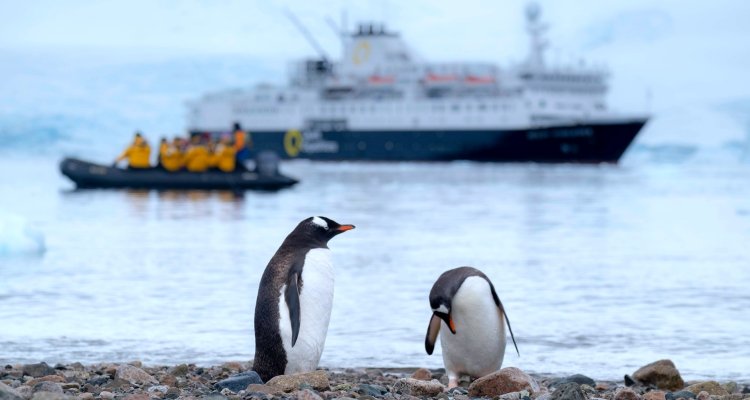
Project
Proactively managing Antarctic tourism growth
Antarctica hosts an increasing number of tourists, which has detrimental impacts for Antarctica’s environment. Antarctic tourism and tour operators are primarily governed by domestic regulations of Antarctic Treaty states and limited forms of self-regulation. Recently, in a move to shore up regulation, the Antarctic Treaty states have started working on a “Framework for the regulation of tourism and other non-governmental activities in Antarctica”. This may provide opportunities for new regulatory tools and approaches. This project explores the potential application of a cap-and-trade system to regulate the growth of tourism while simultaneously producing funds for conservation and monitoring efforts.
Introduction
Antarctica is the last great wilderness on earth, and a fragile landscape that provides unique circumstances for various flora and fauna, as well as science. Tourism to Antarctica has become increasingly popular in recent decades. Current ATS policies and institutional arrangements permit Antarctic tourism to grow without limit. The environmental impacts of tourism in the Antarctic have been well documented over the years, and so have the risks for human safety and disturbing scientific operations. Furthermore, mass tourism may detract from the intrinsic values of Antarctica that draw those visitors. Persistent underfunding has hindered effective protection of these values, along with monitoring of the impacts of tourism on these values. If the fundamental values and principles of ATS are to be preserved along with the Antarctic environment, then developing fresh ideas on tourism growth is urgently needed. A unique opportunity to do just that is provided by the new regulatory framework for tourism and other non-governmental activities that is currently being developed. This project contributes to this endeavor by generating new ideas on how much, where and when to limit tourism, on how to embed these limits in Antarctica’s institutions, and on how to translate them into cash flows.
Objective
The projects main objectives are: 1) Explore the already existing “soft measures” based on the guidelines provided by the Antarctic Treaty and self-regulatory mechanisms of the tourism industry. 2) Develop an agent-based model to explore the potential application of cap-and-trade in the context of Antarctic Tourism. 3) Simulate the cost, capping, allocation and trading aspects of the potential regulatory mechanism.
Method
The project uses statistical methods and geo-analysis to investigate Antarctic tourism, and simulates the potential application of the cap and trade mechanism using agent-based modeling. Tourism behaviors related to travel modes and site visiting are monitored through fieldwork and accessible data sources.
More information
https://www.uu.nl/en/research/proactive-management-of-antarctic-tourism-proact